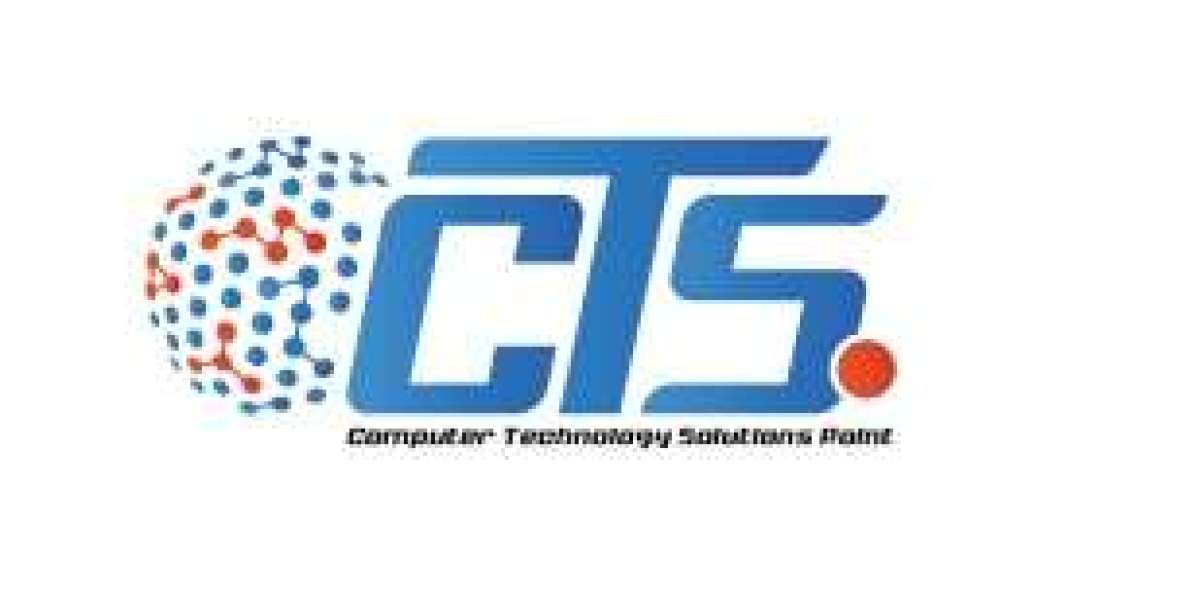Introduction
A USB storage device, often referred to as a USB flash drive or thumb drive, has become one of the most convenient and widely used tools for portable data storage. Compact, lightweight, and easy to use, USB storage devices offer a practical solution for transferring, storing, and backing up data across different computers and devices. Their affordability and versatility make them an essential tool for both personal and professional use.
What is a USB Storage Device?
A USB storage device is a small, portable device that stores digital data and connects to computers and other compatible devices through a USB (Universal Serial Bus) port. It uses flash memory, a type of non-volatile memory, meaning it retains stored information even when not powered. Available in a wide range of storage capacities, from a few gigabytes to several terabytes, USB storage devices allow users to carry large amounts of data in a pocket-sized form.
These devices are widely used for storing documents, photos, music, videos, and software. USB storage devices offer plug-and-play functionality, meaning they require no additional software for operation. Once plugged into a device, they appear as external drives, making it easy to drag and drop files.
Types of USB Storage Devices
USB storage devices come in several forms, tailored to different user needs:
Standard USB Flash Drives: These are the most common type, providing general-purpose storage for files and media. They are available in varying capacities, typically ranging from 4GB to 1TB, and are used for transferring data between devices.
Secure USB Drives: Designed for users who prioritize data security, these drives include features such as encryption, password protection, or fingerprint recognition. They are commonly used in business environments where protecting sensitive information is essential.
High-Speed USB Drives: These devices utilize faster USB protocols, such as USB 3.0 or USB 3.1, to offer quicker data transfer speeds. High-speed drives are ideal for users who need to move large files or work with data-intensive applications like video editing.
Advantages of USB Storage Devices
USB storage devices offer numerous benefits that make them indispensable in the digital world. One of the primary advantages is their portability. Their small size allows users to carry data anywhere and access it from different devices, such as laptops, desktops, gaming consoles, or even smart TVs.
Another key advantage is the ease of use. USB storage devices do not require an internet connection or special software to function. Simply plug the device into a USB port, and it is ready to store, transfer, or access files. This makes USB devices an ideal backup solution for important files, as they can be stored separately from the main system.
Additionally, these devices are known for their durability. Unlike traditional hard drives, USB drives have no moving parts, making them more resistant to physical damage from drops or shocks.
Use Cases of USB Storage Devices
USB storage devices are used across various fields. Students rely on them to store and transfer assignments, while professionals use them to carry presentations, reports, and other important documents. In the entertainment industry, USB drives are often used to distribute promotional materials such as music and video files. Moreover, they can serve as a bootable device to install operating systems or recover corrupted systems.
Conclusion
USB storage devices are an essential tool for anyone who needs a portable, convenient, and reliable way to store and transfer data. Their compact size, wide range of storage capacities, and ease of use make them a popular choice for users of all types. Whether for personal use, work, or backups, USB storage devices remain a simple and efficient solution for managing data on the go.








